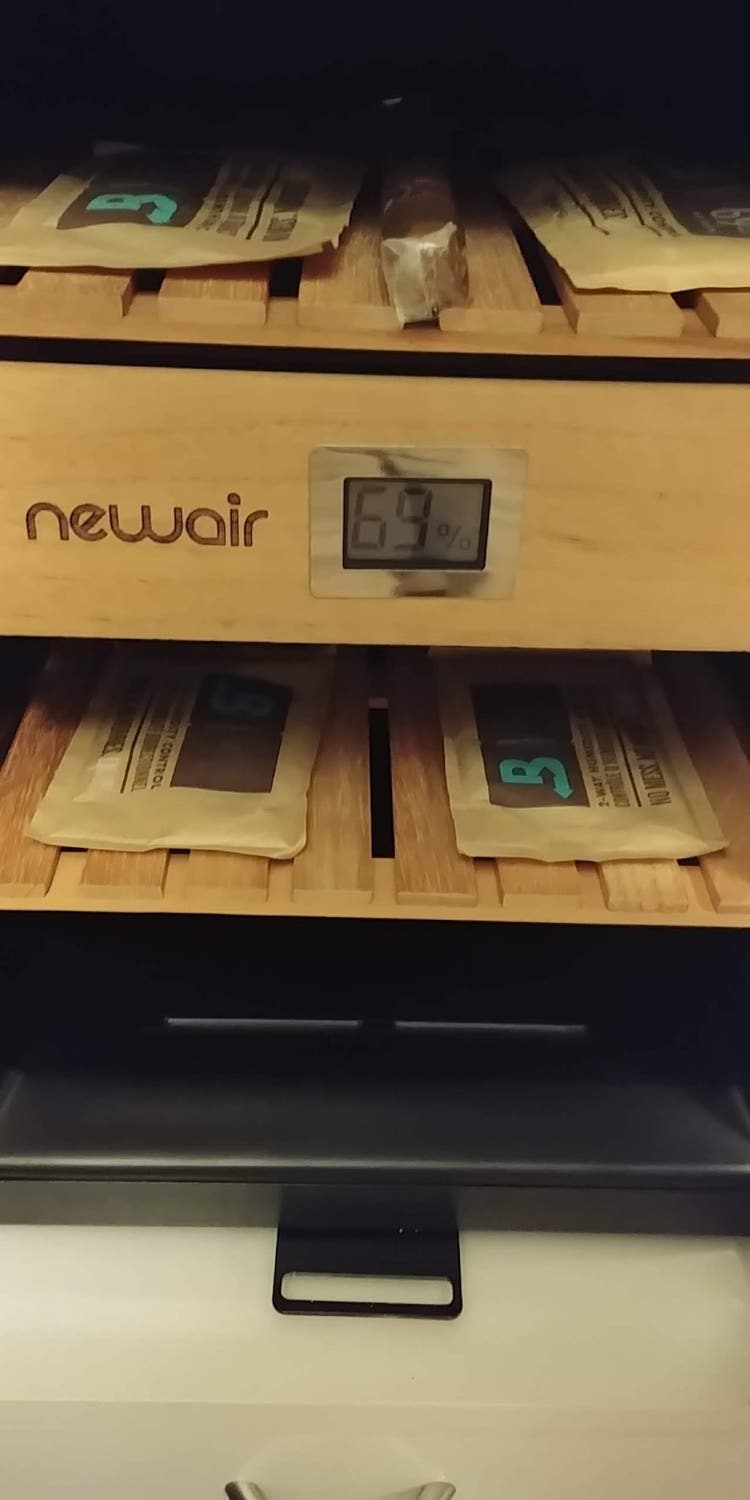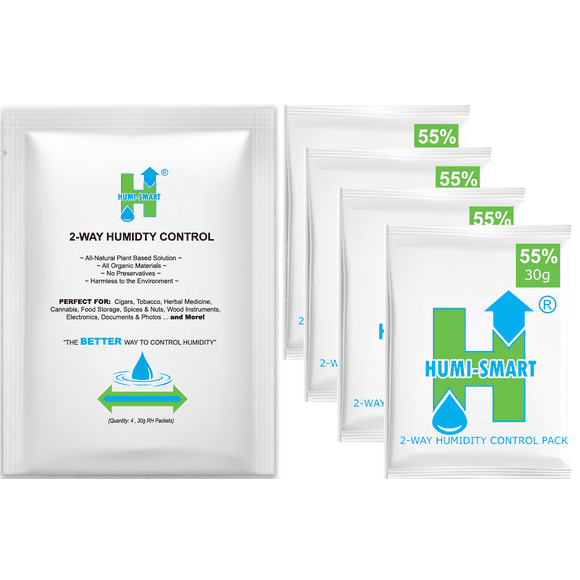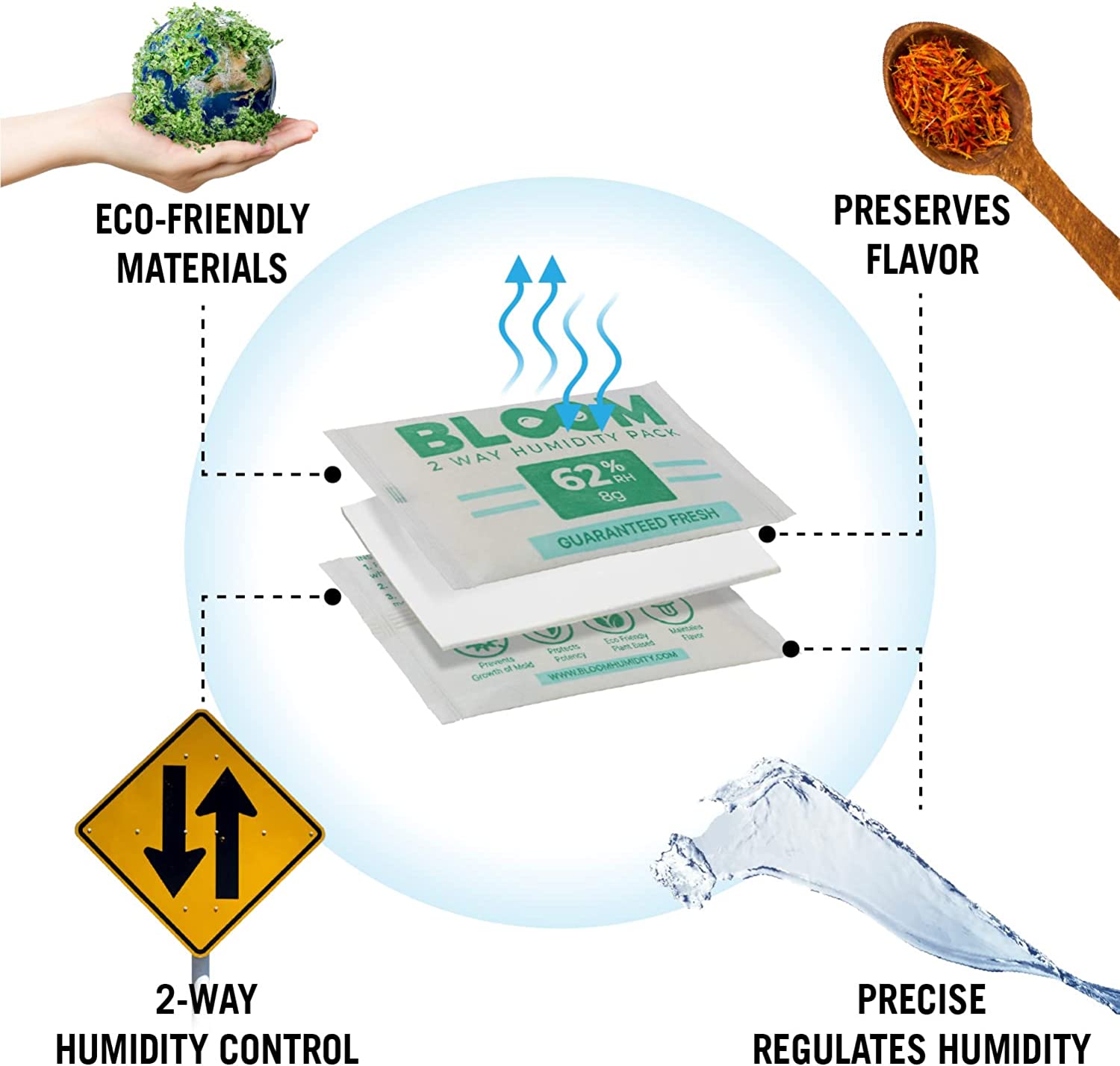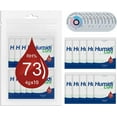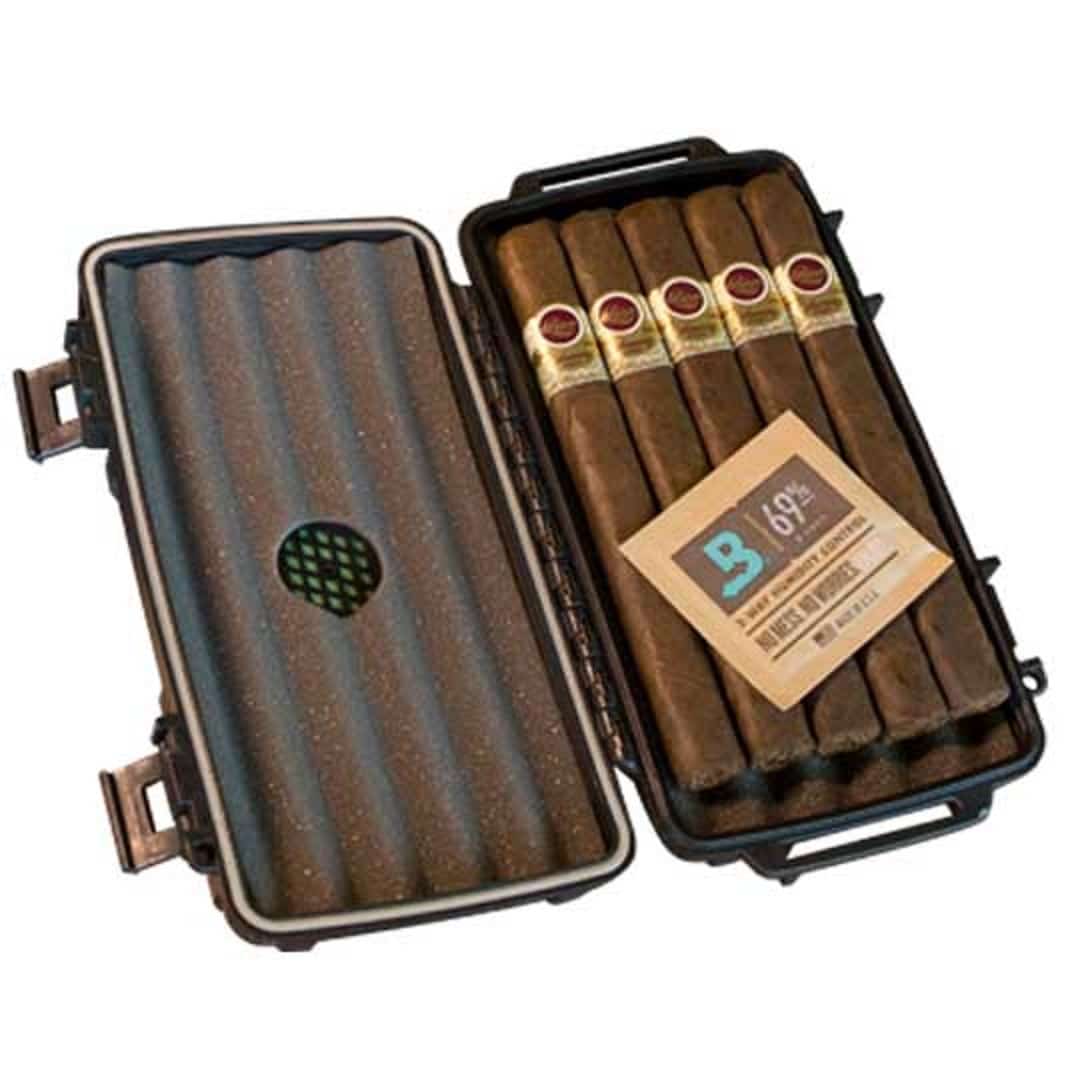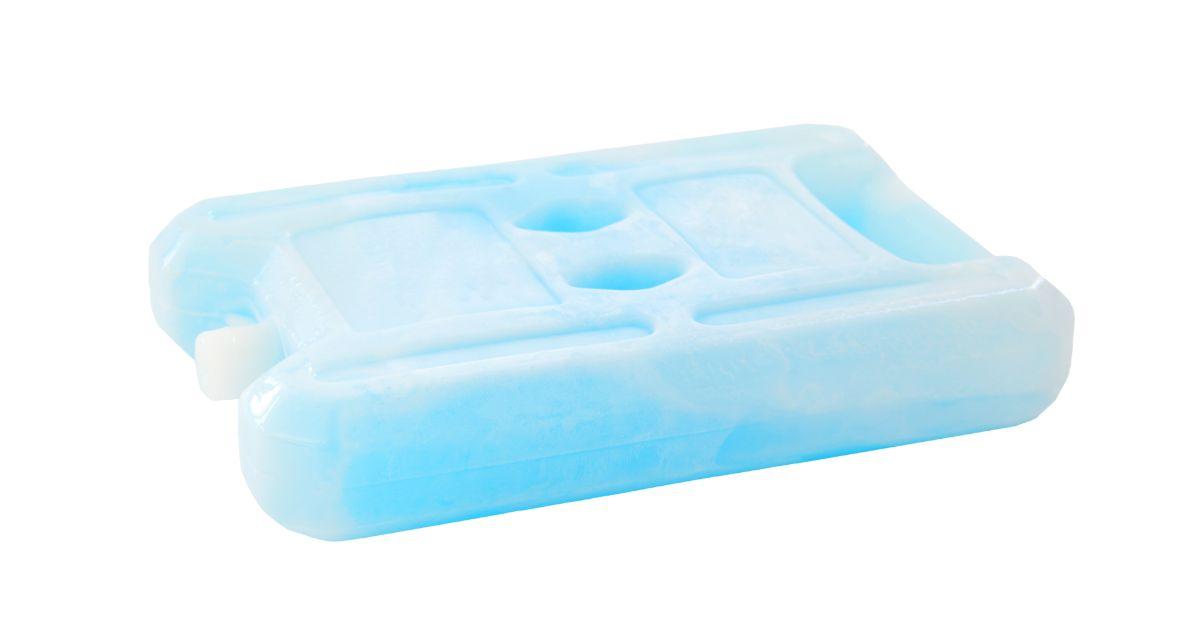How Long Do Humidity Packs Last

In a world obsessed with preserving everything from gourmet cigars to valuable musical instruments, the lifespan of humidity control packs often remains a murky area. Are those small, unassuming packets truly reliable, or are we placing our trust in a temporary solution? The answer, it turns out, is nuanced, demanding a closer look at the science, the usage, and the environmental factors at play.
At the heart of this question lies a critical understanding: how long can humidity packs effectively regulate moisture? This article will delve into the expected lifespan of various humidity packs, the factors influencing their longevity, and expert advice on maximizing their effectiveness to preserve valuable items from the ravages of fluctuating humidity levels. We'll examine scientific data, industry insights, and practical tips, providing a comprehensive guide to ensure your treasured possessions remain in optimal condition.
Understanding Humidity Pack Technology
Humidity packs, also known as humidity control packs or desiccant packs, rely on different technologies to regulate moisture levels. The most common type utilizes a two-way humidity control system. These packs often contain a saturated solution of salt and water held within a permeable membrane.
The principle behind these packs is simple: they release moisture when the surrounding environment is too dry and absorb moisture when it’s too humid. This creates a buffered microclimate maintaining a relatively stable humidity level, typically around 62%, 65%, 69%, or 72%, depending on the specific product and its intended use.
Types of Humidity Packs and Their Lifespans
The lifespan of a humidity pack varies significantly based on its composition, size, and the surrounding environment. Packs containing silica gel, for instance, tend to have a longer lifespan than those using salt-based solutions. Silica gel is a desiccant that absorbs moisture, and it can be reactivated by drying it out in an oven or microwave.
Two-way humidity control packs, designed to both absorb and release moisture, typically last anywhere from 2 to 6 months, depending on factors like container size and ambient humidity. Smaller containers require less work from the pack, leading to a longer lifespan. Higher ambient humidity will exhaust the pack more quickly as it works to absorb excess moisture.
Boveda, a popular brand in the cigar and musical instrument industries, offers packs with a lifespan generally around 2-4 months in proper storage conditions. Similarly, Integra Boost claims its packs can last several weeks to a few months, also dependent on environmental conditions.
Factors Affecting Longevity
Several key factors dramatically influence how long a humidity pack will remain effective. The most significant of these is the ambient humidity level.
In environments with consistently high humidity, the pack will be working overtime to absorb excess moisture, shortening its lifespan. Conversely, in very dry environments, the pack will continuously release moisture, depleting its reservoir faster.
The size and airtightness of the container are also critical. Larger containers require larger or multiple humidity packs to maintain the desired humidity level. A leaky container allows outside air to continuously dilute the controlled microclimate, forcing the pack to work harder and deplete more quickly.
Frequency of use is another factor. If you are constantly opening and closing a humidor or instrument case, the fluctuating humidity levels will strain the pack more than if it remains sealed for extended periods.
Recognizing the Signs of Depletion
Knowing when a humidity pack is nearing the end of its lifespan is crucial to maintaining optimal storage conditions. One of the most obvious signs is a change in the pack's texture.
Most two-way humidity packs will become hard and crystallized when they are depleted. Some products have visual indicators, like a small dot that changes color when the pack needs replacement. For silica gel packs, monitoring the desiccant beads' color can indicate saturation.
Another key indicator is a noticeable change in the humidity level within the storage container. Using a hygrometer to monitor humidity is essential for ensuring your humidity packs are still functioning effectively. If the humidity starts to fluctuate significantly or falls outside the target range, it's time to replace the pack.
Expert Advice on Maximizing Lifespan
Extending the lifespan of your humidity packs requires a proactive approach. First, ensure your storage container is as airtight as possible. Check for gaps or leaks and seal them appropriately.
Secondly, avoid unnecessary opening and closing of the container. Each time you open it, you disrupt the controlled environment and force the humidity pack to work harder. Finally, store your container in a stable environment away from direct sunlight and extreme temperature fluctuations. These conditions can accelerate the depletion of the humidity pack.
Consider using multiple smaller packs instead of one large pack. This can provide more even humidity distribution and prevent localized areas of dryness or excessive moisture. Regular monitoring of the humidity level with a reliable hygrometer is paramount to ensure consistent performance and timely replacement.
According to Davidoff Cigars, a reputable cigar manufacturer, maintaining proper humidity levels between 70-72% is crucial for optimal cigar preservation. This necessitates diligent monitoring and timely replacement of humidity packs.
The Future of Humidity Control
The field of humidity control is constantly evolving, with new technologies and products emerging regularly. Researchers are exploring more sustainable and longer-lasting materials for humidity packs.
Smart humidity control systems, incorporating sensors and automated regulation, are becoming increasingly popular, particularly in industries like pharmaceutical storage and agriculture. These systems provide real-time monitoring and adjustments, ensuring optimal conditions and minimizing waste.
Nanomaterials and advanced polymers are being investigated for their potential to enhance moisture absorption and release, leading to more efficient and longer-lasting humidity control solutions. As technology advances, we can expect humidity packs to become more reliable, eco-friendly, and integrated into smart storage solutions.
Conclusion
The lifespan of humidity packs is not set in stone, but rather a dynamic value influenced by numerous factors. By understanding the science behind these packs, monitoring their performance, and adopting best practices for storage, you can significantly extend their effectiveness and protect your valuable possessions. While the lifespan might vary, the importance of consistent humidity control remains paramount, ensuring that your cigars, instruments, and other cherished items are preserved in optimal condition for years to come. Keeping a close eye on the environment and proactive replacement when needed, will ensure optimal preservation.

